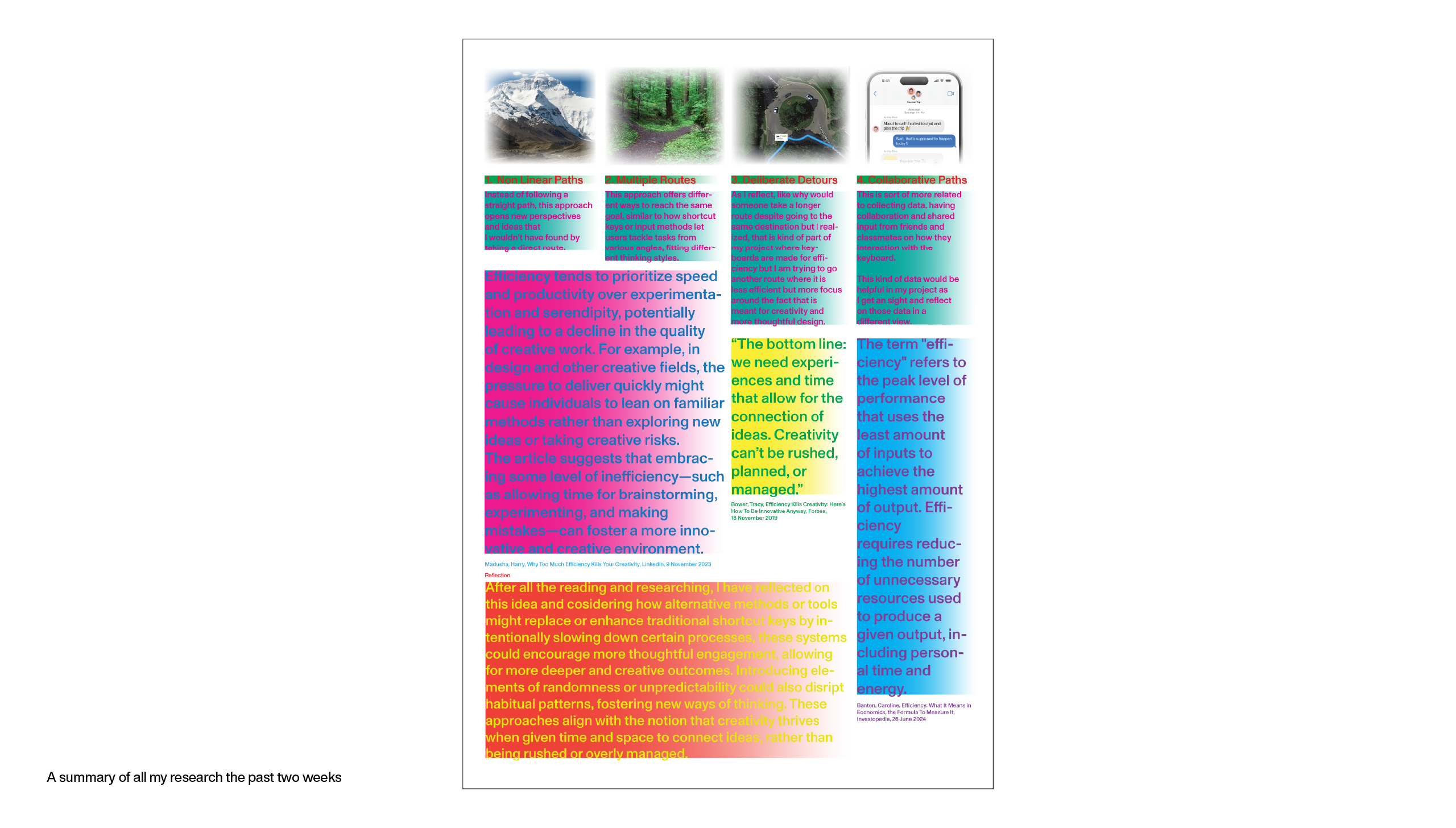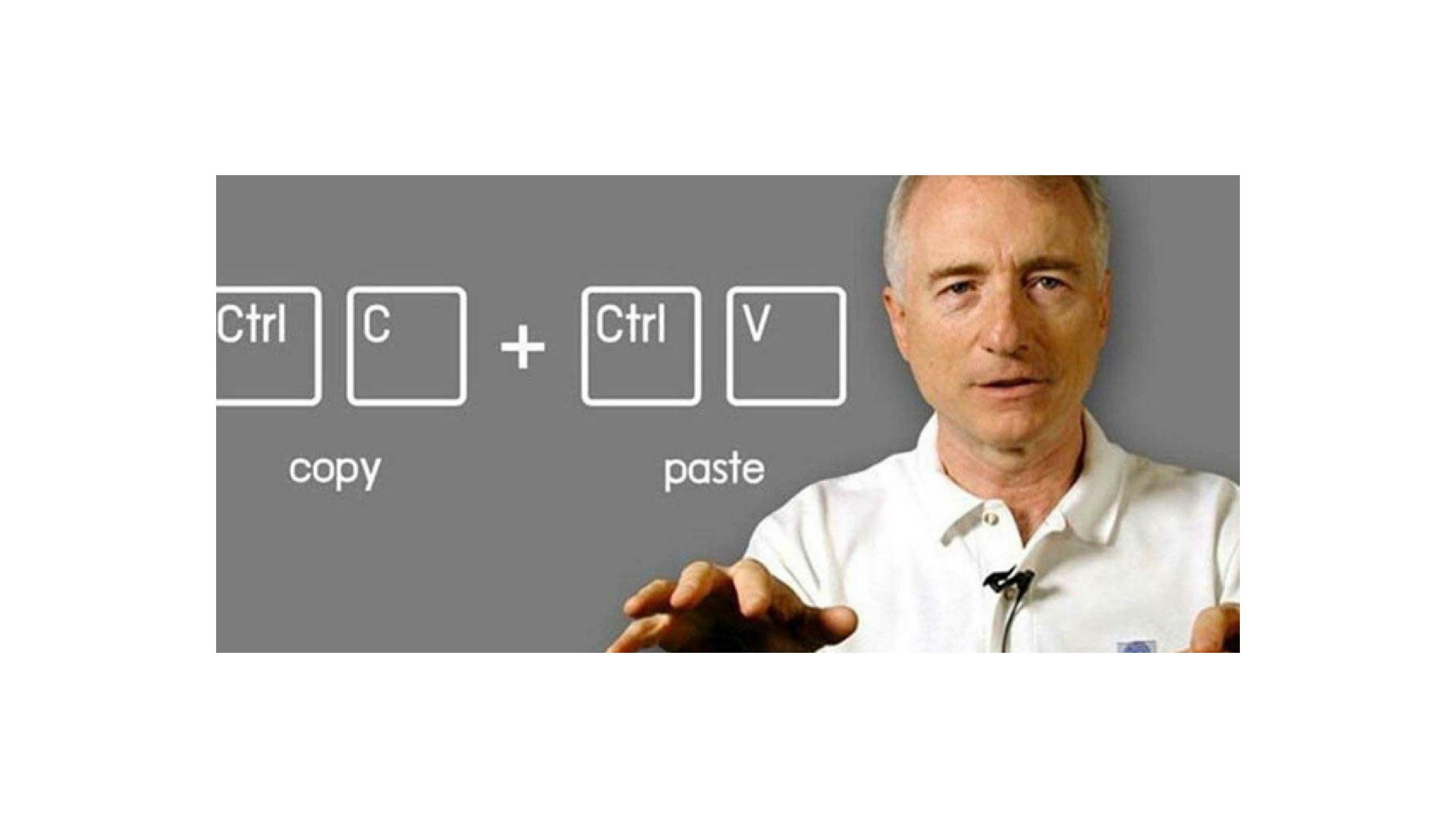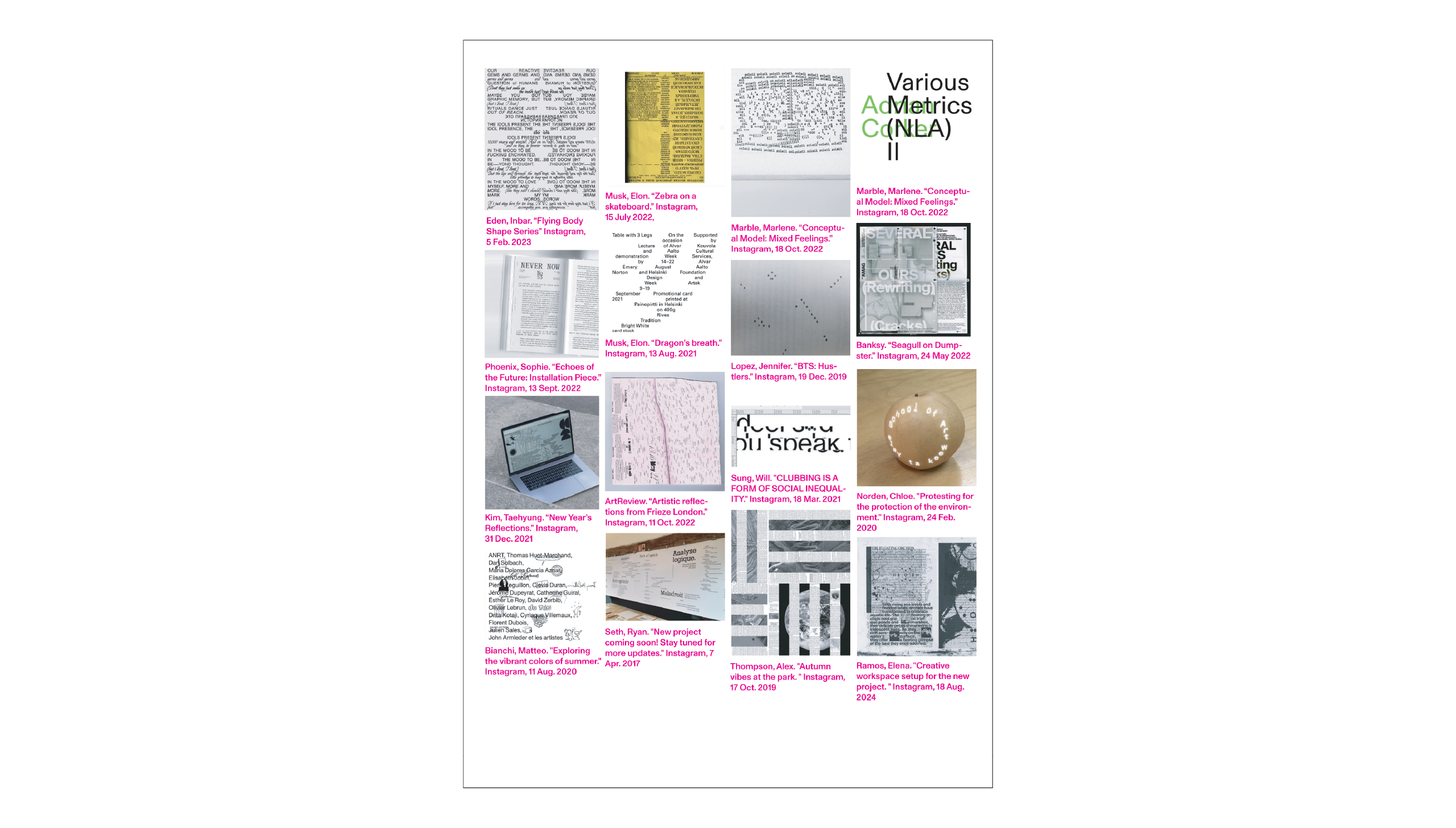Week 2 started with a small presentation for the introduction of my topic which was explained in my Week 1 CPJ. Vikas told me to think about how can I get from Point A to Point B, what he meant by this was basically how when we are typing, it is just in a linear manner, that's a straight line to get from Point A to Point B but of course, I didn't understand what he meant by instead of a straight line, how else can I get from Point A to Point B. So I cheated a little bit, I asked Chatgpt but in the context of my project. And Chatgpt did give me insights, interesting insights on how I can get from Point A to Point B.
It all started when I was at RMIT for an exchange program. I was in one of the written assignment modules as it was a compulsory module when doing an exchange program. The brief of the written assignment modules was to write about what object/artist is most unappreciated in the design industry, so what I thought was some too many designers & artists are least appreciated for their meaningful design. It would be unfair if I were to just talk about one artist because I think most artists and designers who put effort into their project deserve some attention at least, so being fair I've decided to pick an object, I have many objects that I've listed back then, one of it was even an X-acto pen but I have narrowed it down to the Command Key.

Chatgpt had four options, one of them was the Non-linear Path, which is of course very basic but what Chatgpt was trying to imply, instead of a straight line, this metaphor can be applied to my project by considering paths that loop, zigzag, or spiral. These can represent exploration in my project where I would discover new ideas or perspectives I thought I wouldn’t have found by taking the direct route. Explanation from Ai—An artist might experiment with different tools and techniques before arriving at a final design, rather than following a predictable process. The second option was, labelled as "Multiple Routes", This route offers multiple ways to reach the same goal, sort of related to shortcut keys or input methods that allow users to approach tasks from different angles, catering to different thinking styles. The third option was called "Deliberate Detours", what it meant was that sometimes, taking a longer or more complex route can lead to unexpected insights. Encouraging users to take "detours" in their workflow could spark creativity. For example, a keyboard design that introduces playful, unexpected elements might prompt users to think differently about their tasks.
As I reflect, like why would someone take a longer route despite going to the same destination but I realise, that is kind of part of my project where keyboards are made for efficiency but I am trying to go another route where it is less efficient but more focus around the fact that is meant for creativity and more thoughtful design. Lastly, Chatgpt gave me one last option called Collaborative Paths which involves others in the process, where the route from A to B is shaped by collaboration and shared input. This could translate into features that allow for more collaborative use of keyboards, where multiple users contribute to a single task. This is sort of more related to collecting data, having collaboration, and sharing input from friends and classmates on how they interact with the keyboard. This kind of data would be helpful in my project as I get a sight and reflect on those data in a different view. Well, I have to say Chat Gpt did really help me with this one, think more abstractly (?) But it gave me a headstart on how I should think for my project in a manner where I don't have that straightforward thinking. Another question that Vikas asked me was, why is efficiency prioritised this day, especially in devices (as I was talking about how a keyboard is an efficient tool for communication)?
That question led me to think why is it prioritised in the devices that we buy today? So I googled up that question and another question popped up about "Why too much efficiency kills creativity" I read that article and it says that efficiency tends to prioritise speed and productivity over experimentation and serendipity, potentially leading to a decline in the quality of creative work. For example, in design and other creative fields, the pressure to deliver quickly might cause individuals to lean on familiar methods rather than exploring new ideas or taking creative risks. The article suggests that embracing some level of inefficiency—such as allowing time for brainstorming, experimenting, and making mistakes—can foster a more innovative and creative environment. Overall, the article encourages a balance between efficiency and creativity, where some inefficiency is recognized as valuable for the creative process.
So I thought this research was pretty interesting and I decided to dive deeper into that research because it could lead me to have a clear focus on my project. After all, my research objective isn't clear enough yet. I started revisiting why the QWERTY keyboard was invented and getting the idea that all of these keyboards that are invented today, it meant to have an output and for efficiency as whatever we type, it all comes out on a screen as fast as possible, so there is a common idea about keyboards for that.

Another research I did was about shortcut keys and I got this from somewhere, "Keyboard shortcuts are generally used to expedite common operations by reducing input sequences to a few keystrokes, hence the term "shortcut". To differentiate from general keyboard input, most keyboard shortcuts require the user to press and hold several keys simultaneously or a sequence of keys one after the other." So again, the keyboard was already built for efficiency and then Larry Tesler—the inventor of Cmd+C/V, decided to make things more efficient for us amid all this efficiency, people decided to make it more efficient with a couple of buttons to get the job done and shortcut keys are very powerful (to me I guess). And it has come to my attention that there is a pattern for all these keyboards and I wonder if this is any good for users in a way where, since all this efficiency is happening, it helps us to take a breather and just have fun while using the keyboard.
Then, I started researching how the keyboard influences cognitive processes and does it influence the way we think. Because it has a pattern that we are constantly finding ways to get things done in a faster manner which can influence the way we think in our day-to-day life, especially as a designer, firstly, the layout of the keyboard can affect how much effort is required from the user to type out their thoughts, the QWERTY keyboard layout was the first layout and back in the day, it was made for the typewriter to prevent jams rather rather than optimise typing speed or ease, this may somewhat require users to exert more cognitive effect especially when typing complex or unfamiliar words that the finger membrane is not used too.
So like what I’ve researched the keyboard is somehow built for efficiency in a way where it is faster for the user to quickly have their words shown on the screen and an article stated that efficiency ruins creativity so the arrangement of keys influences how quickly and efficiently information is processed. So what if I go backward when moving or awkwardly placing keys differently from the QWERTY which will then slow down typing and disrupt the flow of thought, it might disrupt or irritate the user or potentially lead to a more fragmented thinking process.
Another reading I found was this book I read during my exchange program, called "What Design Can't Do" by Silvio Lorusso. This book argues that design can't fix all problems in the current world or make big changes by itself. This book helps me to look at how design often falls short and highlights that design's impact is sometimes overestimated hahaha but it continues to encourage us to think critically about what design can do and can't do. The quote I got from this book was in a chapter about how there are too many designers these days and they are all making artefacts and in time we would be living in a world of complex industrial mass production systems that made millions of identical products.
Another thing that could potentially increase users' focus and productivity over longer periods (which is crucial for sustained deep thinking and decision-making) is an Ergonomic Keyboard—it reduces the wear and tear of the user’s joints in the long run especially when they are constantly typing.
The keyboard isn’t just a tool for communication or a meditator between the user and computer, it is a cognitive interface that affects how users think, make decisions, and communicate. The way it was designed, and the layout of the keyboard shaped the way we process information, such as shortcut keys might one day lead to users constantly relaying or the shorter route when the longer route could lead to better results in terms of research. Understanding these impacts of the keyboard could lead to better keyboard output that enhances the interaction between the output on the screen and maybe on a different layout that enhances our ability to engage deeply and think creatively.
Then I also started thinking, in what ways exactly does the keyboard constrain or enhance creativity in digital environments? In the study above efficiency kills the keyboard, relation the keyboard layout is built for efficiency, and the fixed QWERTY layout that prioritises efficiency for typing, may not align well with creative workflows as it leads to a faster way of using the keyboard and computation means lesser interaction with the computer and means it also leads to a lesser time to brainstorm for creative ideas. It forces users to conform to a specific pattern of input that might not be the most intuitive or flexible for creative tasks.
The keyboard's linear and text-centric nature can sometimes create a disconnect between the user's creative intentions and the digital output, especially in tasks that benefit from more fluid, visual, or tactile interactions. The keyboard can either limit or boost creativity, depending on its design and use. While the traditional layout might restrict creativity in tasks beyond typing, the keyboard's speed, accuracy, and ability to be customised can greatly improve creative processes. By redesigning the keyboard, we can unlock even more creative potential in digital workspaces.

So that is about it, the research I did for this week was pretty interesting but I do want to dive further into the research to have a clear focus, Vikas also told us to gather a few visual research. The visual research was pretty much just how I imagine some of my experiments to be. I hope to have text placed in a random order since I am trying to find a way to break out of habitual thinking and allow creativity to slip in. Of course, I aim for something higher, I just like to aim low because I don't want to get disappointed if I can't reach that high.
Anyway, I think I should do more readings and find more research literature for my topic because I am pretty sure there is a reading out there that proves my point for my research objective, which is to examine the relationship between keyboard design and cognitive processes, including thought patterns and decision-making, also to identify ways in which the keyboard can be redesigned to enhance creativity and support more thoughtful interactions with technology, I also would love to investigate the impact of physical and digital materials on creativity when the keyboard is being used.
